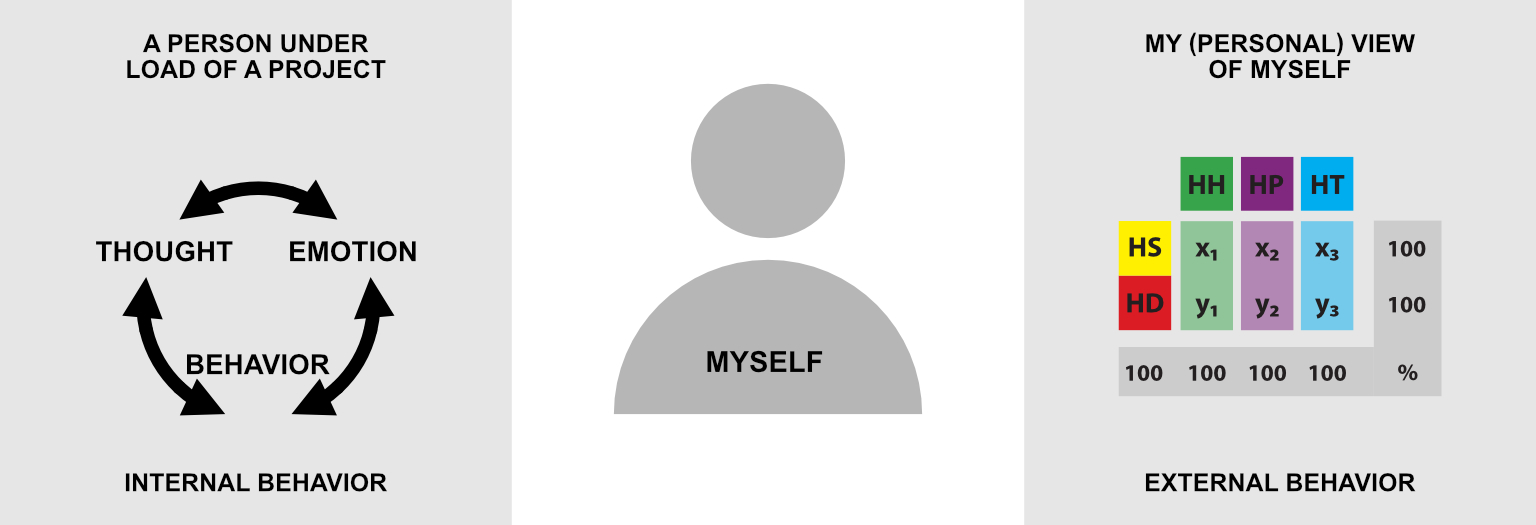Figure C6e. Individual behavior (cognitive psychology)

Figure C6e. Individual behavior (cognitive psychology)
What can the team's composition look like, and how can we look at the group? For example, Homo Sapiens (HS) can be a strong expert or universal for different task solving. But in any case, he/she remains in HS.
The same can be said about Homo Diabolis (HD). In a professional view, each expert (Homo Humanus, HH; Homo Politicus, HP; and Homo Techniques, HT) is a mix of positive and negative attitudes to his/her participation in team tasks.
It is up to each observer to assign the states of the souls to the team members' qualities. They will build the Meatrix of Behavior and how he/she will perceive Spin around him/her or the team where he/she wants to belong. Indeed, this is a topic for developing a stand-alone manual.
Still, it is mainly about how we gain our own experience and the logical framework as an environment for discussion. Without discussion, maturation of personality occurs only in exceptional cases.
And it is true that discussion as a style of work (not slander) best reveals the extremes of the position of HS and HS and their attacks on the goals of the team (its projects).
If a group (society, organization, family, friends) starts working together and wants to achieve the expected result, its core (leadership) should be built as a team.
According to Wikipedia, a team is an organizational group working together toward a common goal.
TEAM has specific content:
Together,
Everyone,
Achieves, and
More.
Figure C6f indicates how it is crucial to incorporate psychology and sociology into team-building processes as a permanent and integral part of the new project paradigm.